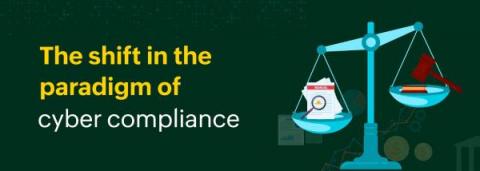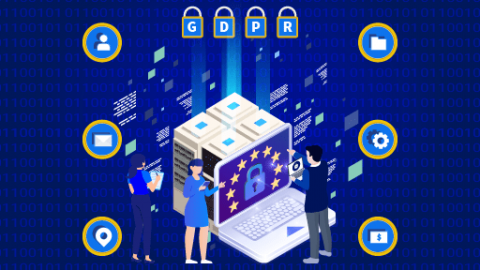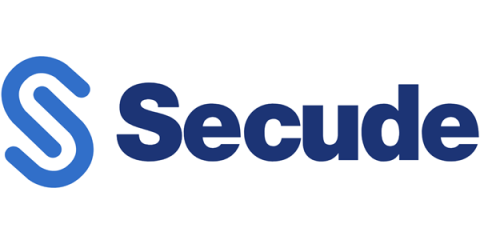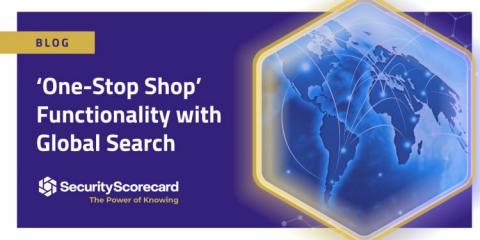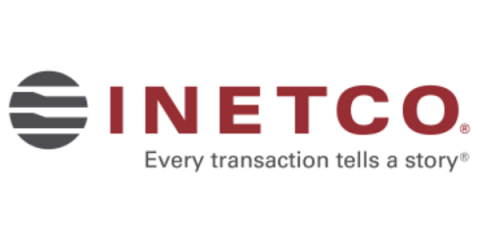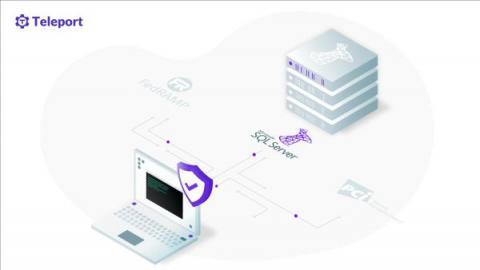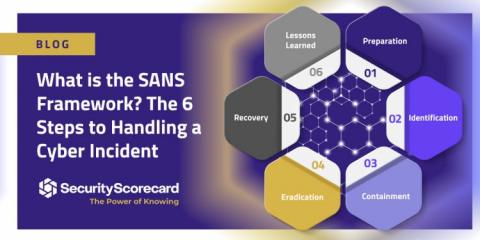Cybersecurity compliance: Time to clean up the cobwebs
Cybersecurity compliance became prominent in the last decade. From being a trivial part of an organization’s business strategy in the early years to being a core objective now, cybersecurity compliance has come a long way. Today, organizations have dedicated teams and personnel, such as chief compliance officers, to ensure that they stay compliant with the relevant standards pertaining to their industry and location. It is essential for organizations to stay updated to avoid sanctions.


